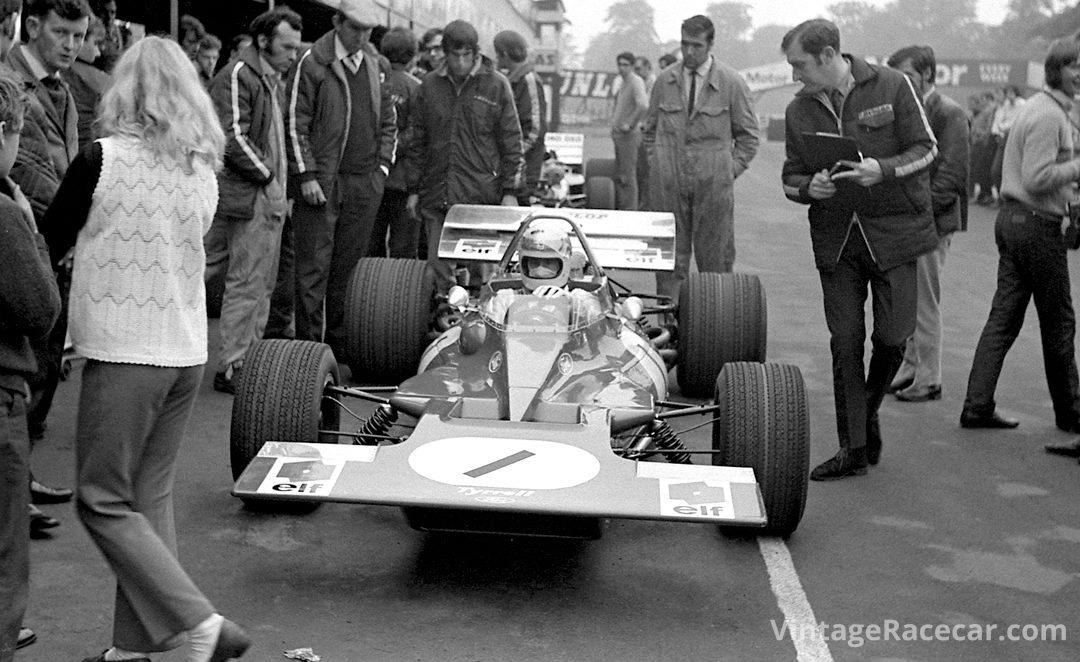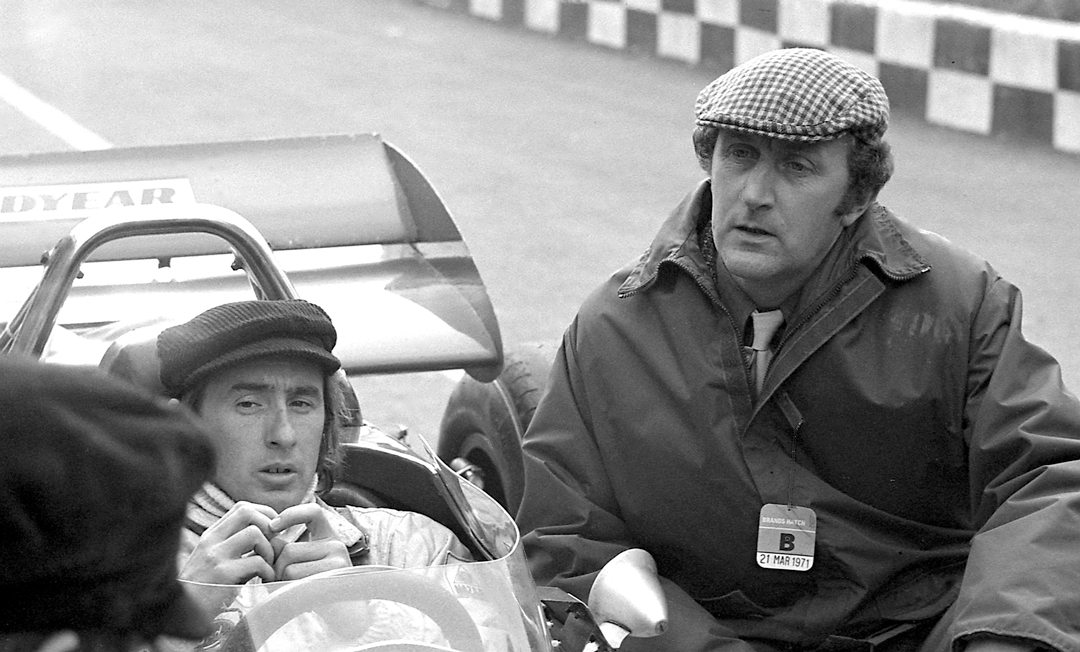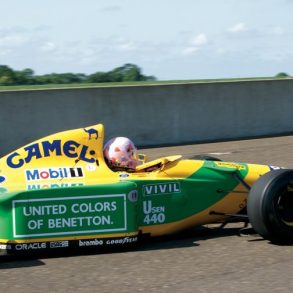Derek Gardner will be remembered, by many, as the designer of one of the most radically designed cars ever to win a Grand Prix; the Tyrrell Project 34 six-wheeler. However, they overlook his greatest achievement as the designer of racing cars that took the Tyrrell team to 16 Grand Prix wins from 37 races between 1971 and 1973, giving Jackie Stewart the 1971 and 1973 World Championship crowns.
There was one victory that meant more to Derek than all those with Jackie Stewart. It was François Cevert’s win at Watkins Glen in 1971. He told me, “It had been a memorable year for the Tyrrell team. Jackie Stewart was already the new World Champion and the ‘new man,’ François Cevert, had been following his every move. It was now the stated ambition of François to win a championship race and I believed that he could do this, having qualified fifth fastest for the grid. Jackie led from the start but was soon in trouble with his tires. François, who had a slightly different setup on his car, was clearly faster and was waved past on lap eight. For a time, François was hounded by Jacky Ickx in his Ferrari, but the Ferrari was sidelined by the alternator falling off. As he took the checkered flag François raised both arms in exuberance, the first Frenchman to win a Grand Prix for 15 years.”
Derek’s early working life was involved in the design of transmissions for a top secret amphibious landing craft. During his national service he first prepared his own car, the “Squonk,” based on an Austin 7 Chummy. He even extended his demobilization by six months to complete it, much to the chagrin of his wife Margaret—his first chief mechanic. After he was demobbed, he briefly joined Howard Hobbs Transmission Company and worked on their “Mechamatic” gearbox, a fully automatic transmission, most probably the first in Britain, which was initially used in the BSA Lanchester Sprite and much later in David Hobbs’ Lotus Elite racecar. He then joined Harry Ferguson Research specializing in four-wheel drive, working on the Jenson FF road car and on the periphery of Formula One with the Ferguson P99. His racing involvement continued with the Novi-Ferguson Indy 500 car driven by Bobby Unser, and the Lotus 56 turbine car of which he said, “Turbines offered so much and gave so little.” In Formula One he penned 4WD systems for a proposed BRM H16 car that came to naught, and then for the Matra MS84.

Photo: Maureen Magee
It was while working on the Matra he became close to Ken Tyrrell, who found himself without a car for the 1970 season after the French manufacturer decided to run its own engines. Derek was sworn to secrecy and given the task of designing the first Tyrrell F1 car. Members of the Elf petroleum F1 racing team, Tyrrell’s sponsors of the era, affectionately referred to Derek as a “garagiste” as most of the design work and initial building was done in the garage of his Leamington Spa home. The car was debuted at St. Jovite for the 1970 Canadian GP and was immediately quick out of the box, taking pole position. Unfortunately, teething gremlins spoiled the race, but the writing was on the wall for other teams to take note. The first podium was just three races later, South Africa 1971 and the first win the race after that, in Spain. Derek’s reign at Tyrrell lasted until the end of 1977—the first year a Tyrrell had failed to win a Grand Prix and joined Borg Warner. Many have stated that his six-wheeled car was a flawed concept. Thankfully, Martin Stretton (2000) and Mauro Pane (2008) have proved the detractors wrong by winning the FIA Historic Championship. In later life blindness and ill health deprived Derek of the retirement he deserved.
In truth, motor racing has lost one of the true gentlemen of the sport who quietly and modestly went about his business in a very unassuming way. However, this was the strength and character of the man who did so much more than putting six wheels on a racing car. To his wife, family and friends, Vintage Racecar offers sincere condolences.
by Mike Jiggle










